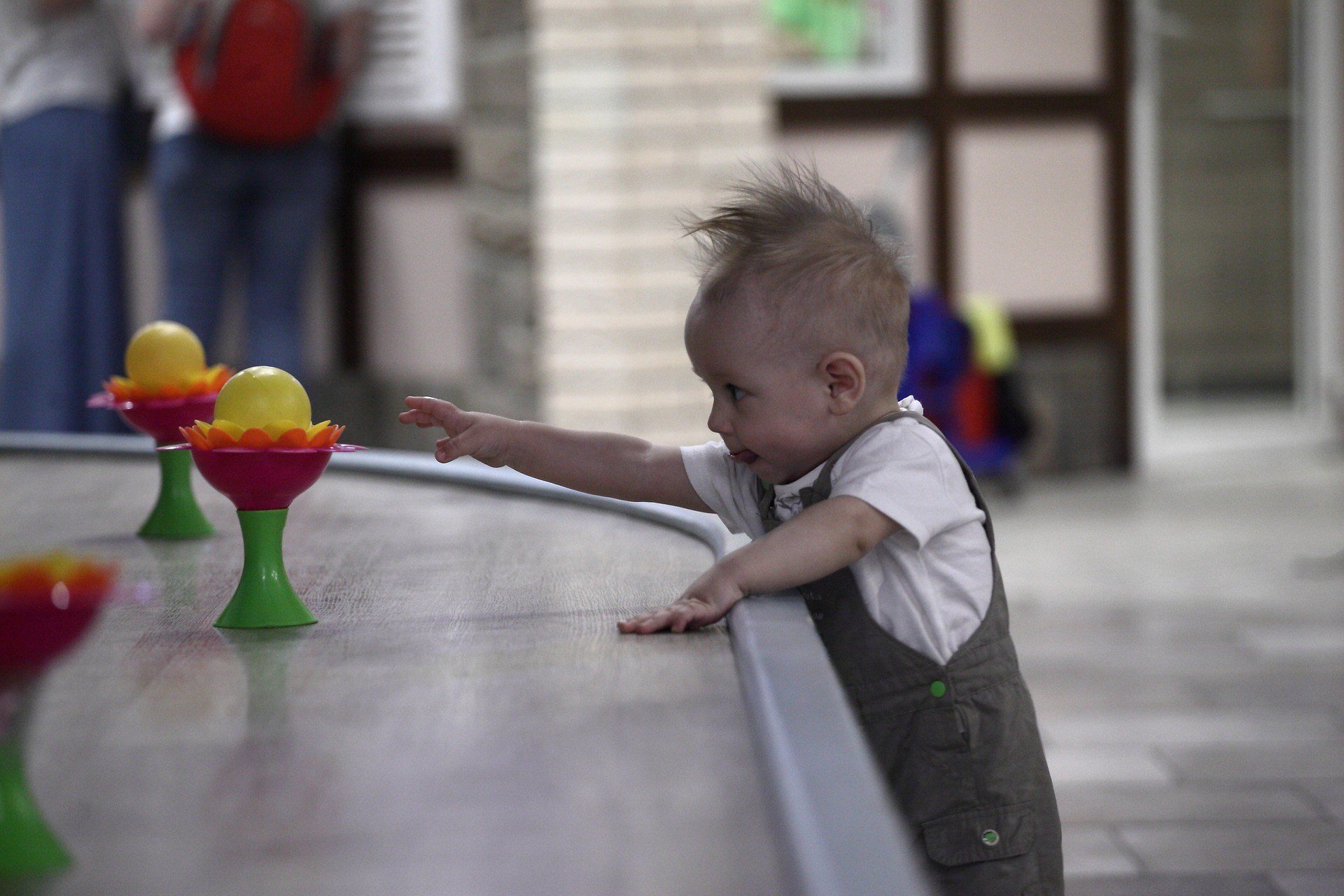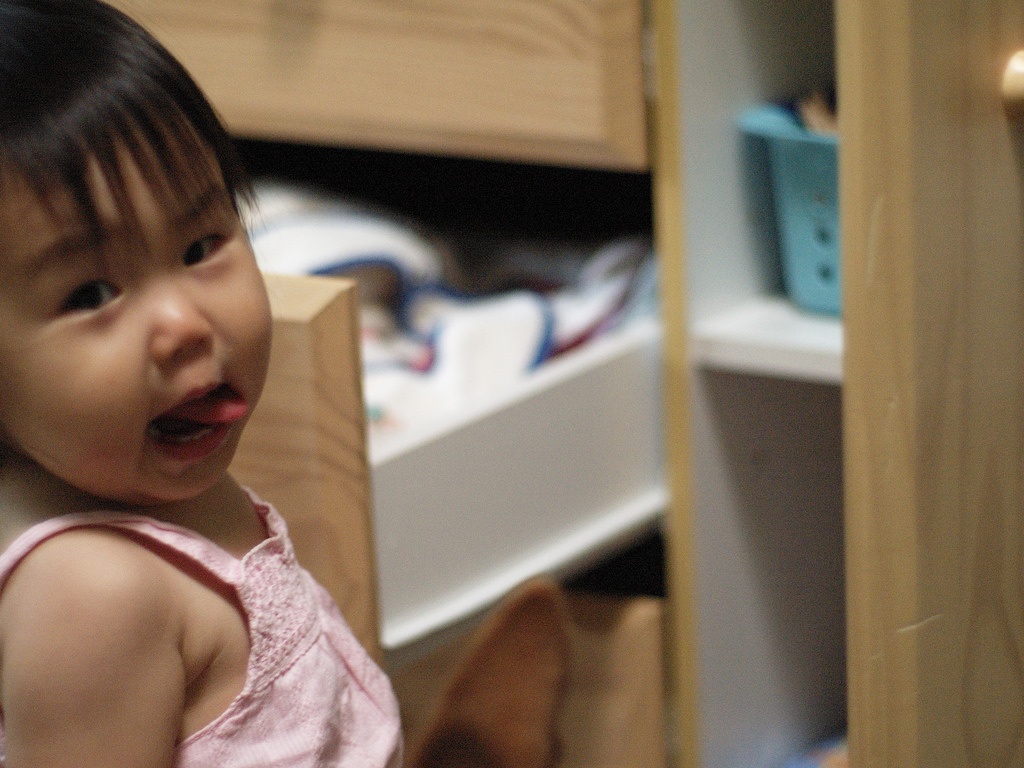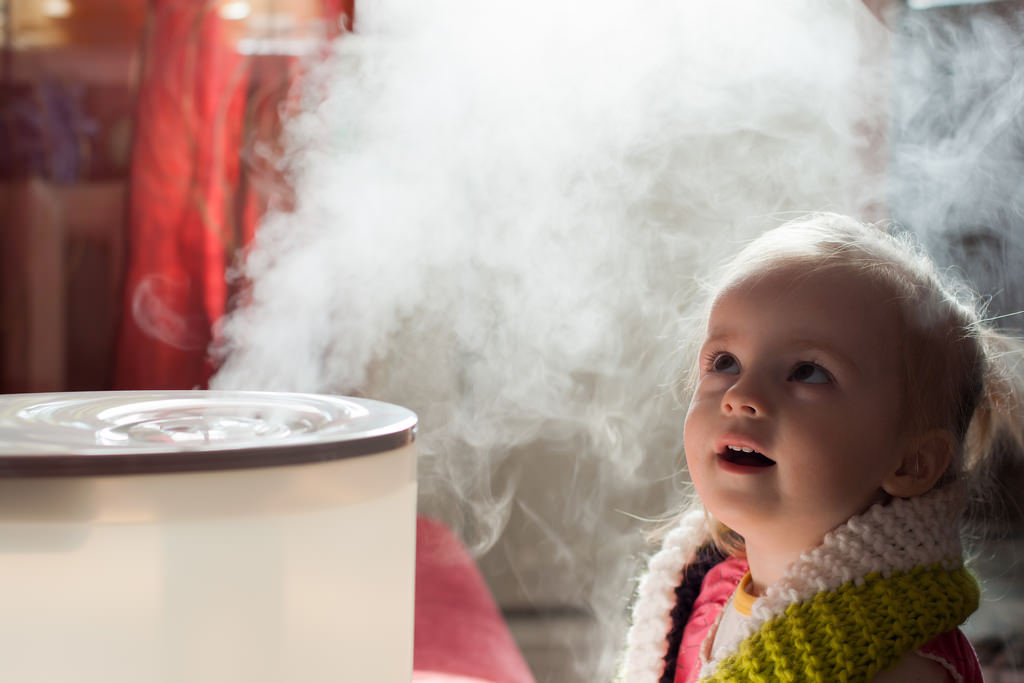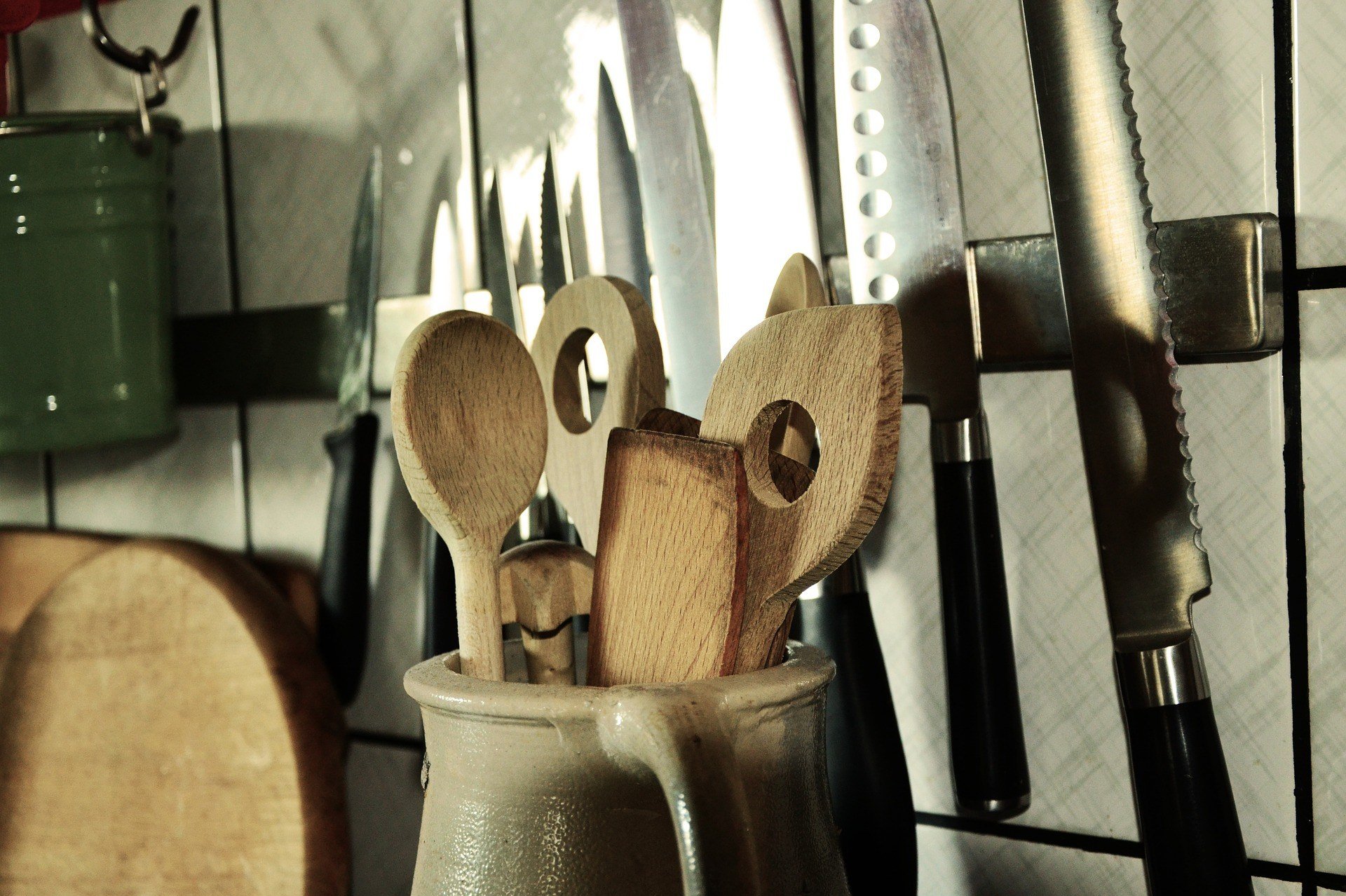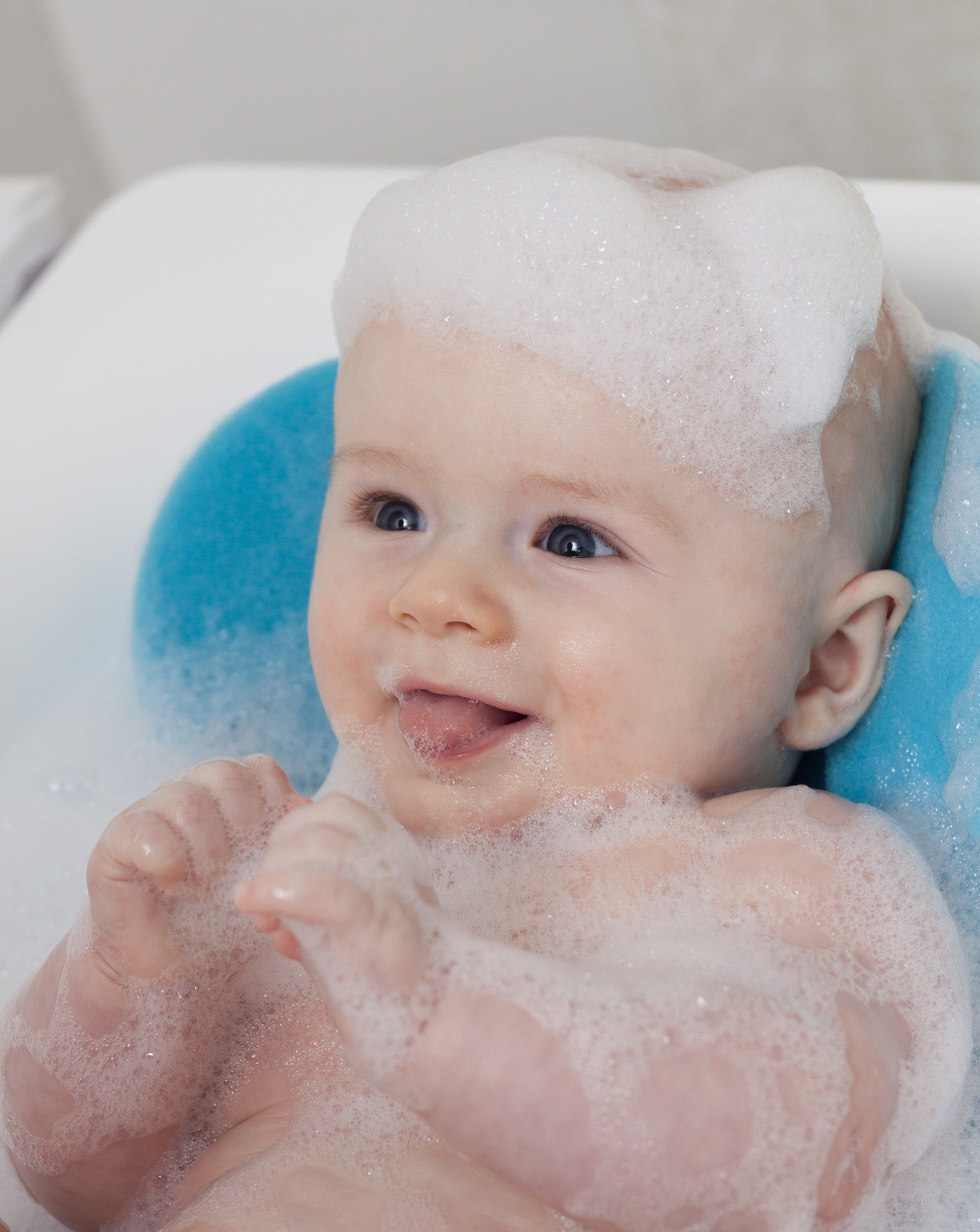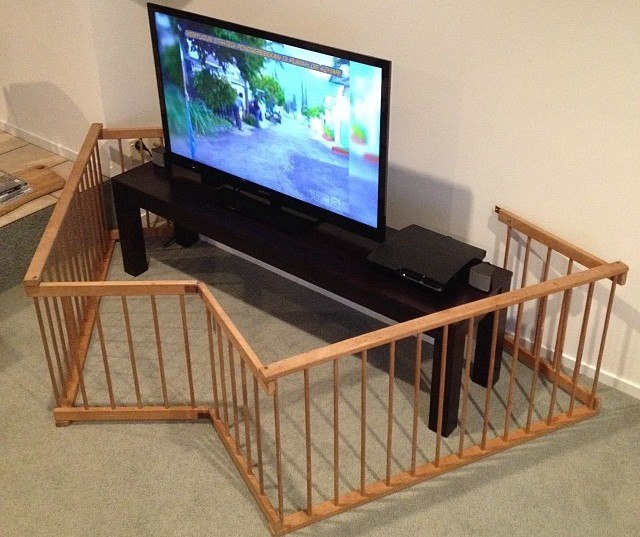But here’s a problem — you haven’t had an infant in the house before. Look at all the sharp edges and pointy corners everywhere, slippery hard floors, chemicals, electricity, pets. There are a ton of things that might hurt your baby.
Getting a baby crib and some basic baby equipment isn’t enough. Oh no, you need to take care of the entire house. By that, we mean you need to make sure your child is protected from the environment. There is no way to create a perfectly baby-proof environment, and even if you manage to do it, you can’t keep your infant inside all the time. You can’t avoid all the risks and possible accidents, so there is no point in worrying yourself to sleep every night. Parenting is a big task, if not the biggest one in life; it brings both joy and restless nights to people around the world. Today we’re tackling the topic of babyproofing the house for the arrival of your newborn. We’ve divided the process of babyproofing your home into sections. For the best results, you should approach the situation like this.
Babyproofing the nursery
The nursery comes first. You need to take care of several things when it comes to child safety in this room. Getting a crib is just the start of the job. The location must be away from any possible source of hazard like windows, heaters, etc. The crib slats can’t have too much space between them — 2.3 inch or 6 centimetres is the maximum. As your kid grows up (you won’t believe how fast they grow), you’ll have to move the crib mattress to its lowest position. The reason for this is obvious — as soon as they realize, your baby will try to get out to explore the room.
Electrical cords need to be hidden because of the baby’s chewing habits. Electrical outlets in your entire house need to have safety covers, which are a must. Speaking of chewing, it’s good to move anything that baby might find interesting out of reach. A toddler can get hurt when they start walking around the cabinets curiously. The solution to this problem is to purchase childproof safety latches. You can find a variety of those here, and you can use them for every part of the house, not only for the nursery. The drawers can be the young one’s favorite entertainment as soon as they start exploring their surroundings, so make sure to keep them closed. The natural curiosity to see what’s inside will cause your baby to open the drawers all the time, so protect them with magnetic locks, a tension rod, or DIY version of it — a broomstick.
When it comes to the nursery, you need to think about the rugs and the floors in general. Make sure your rugs have non-skid backing. You need to check and repair your floors before the baby comes to avoid tripping. Consider soft floor matting for the entire nursery (or all areas where the infant will spend time) to prevent your baby from getting hurt. We all know that baby toys are cute, and they do look harmless, but in fact, a lot of stuffed toys in the baby crib can suffocate them. Make sure that the toys are on the shelves until the baby is old enough to play with them. A good thing to consider for your nursery is an air humidifier. Babies are very sensitive and you need to make sure that humidity level in your nursery is set between 30 and 50 percent. If you’re taking care of your health as well, air humidifiers are definitely welcome; these products can change the aerial surroundings significantly. Your skin, lungs, sinuses, eyes, and brain will feel the effects of these products quickly. Air humidifiers are great for preventing respiratory illnesses and skin problems, and they can improve the quality of life significantly. They are not useful only during winter. Just keep them cleaned once a week, don’t use any aromatized or perfumed water, and enjoy the benefits.
Still, humidifier models suited for babies are a bit different, and if you’re using one for yourself, you should know this by now. Check out the guide to best air humidifiers for babies to see the difference. When your child gets ill for the first time, it will make the situation much easier. Baby air humidifiers can help your baby get to sleep easier and have a better sleep, which is imperative in the first period of life when it is growing rapidly.
Kitchen
The kitchen is a potential danger to your newborn and should be avoided at all times. The dishwasher is the first problem because of the easy access to knives, forks, and all the sharp kitchen stuff. The rule for drawers and cabinets goes here as well. Keep them locked and away from the child’s reach. Small children can get seriously injured by touching a hot pan or by tripping on an open stove, so make sure your kitchen appliances are always off when the kids are in the kitchen.
Babyproofing the bathroom
The first thing to have in mind is the slippery bathroom floor, and the best things to use are nonslip mats both in and out of the tub. Next, there are pointy tips to consider and toiletries which may contain toxic materials. The toilet itself is one of the most important things; a toilet baby lock keeps the curious baby away the best. After a while, your baby will grow enough to grab everything which seems interesting and you need to install an out-of-reach cabinet to lock away all your medicines and harmful chemicals while your baby is in the bathroom. You always have to be careful and think ahead. Preparation is key.
Living room
The living room is the place where we spend most of our day, and there are many safety issues to consider if you want your baby to be safe here. Starting from the ground up, all different kinds of furniture are potential dangers to your baby, and you need to be sure you’ve secured everything correctly. By this, we mean everything from TV stands to coffee tables and window edges — you need safety foam bumpers everywhere (for some cheaper DIY options, look here).
If your living room has stairs or a fireplace, that also needs to be secured with a guard door to prevent any possible dangers. Bricks, ceramic tiles, and other sharp corners might be very harmful to your baby. Valuables and possibly dangerous things such as knives, guns, or exploding mechanisms must be completely hidden, preferably in a safe. If you own a weapon, it is imperative to stash it in a proper gun safe, alongside ammunition or any dangerous things that might jeopardize the safety of your infant.
Your kid might never be safe enough
But you have to let go. Kids bring joy, inspiration, and happiness in our lives. But, on the other hand, they carry responsibilities, troubles, and fears. Many times we’re crippled by fear, and we overreact simply because we care so much for our beloved children. It’s smart and cautious to babyproof your house, to minimize the possible injuries and accidents. Still, you have to deal with the fact that eventually, your child will hurt themself somehow. While babyproofing a house, people tend to forget themselves and go way overprotective. Preventing a baby from opening a drawer with chemicals inside is a smart idea, but remember to have a dose of sanity while you’re doing it. We wish you happy (and safe) times!
